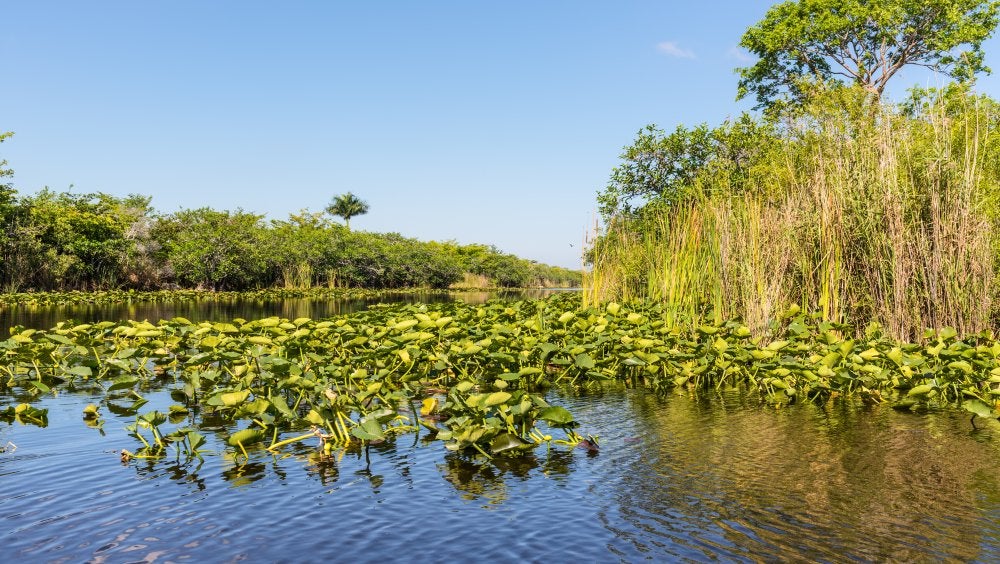What’s the Difference Between Raw Land and Improved Land?

Not all land is the same—and understanding the difference between raw land and improved land can help you make a smarter purchase.
Raw land is just that: untouched. No utilities, no roads, no buildings. It’s a blank canvas, which makes it appealing for some buyers—but also more challenging to develop.
Improved land, on the other hand, has some infrastructure in place. It might have access to water, electricity, or a driveway. That makes it easier to build on, but it can also come with a higher price tag.
“Raw land can offer a completely blank canvas will endless possibility for those looking to start from the ground up, while improved land can provide a head start with infrastructure or utilities, making potential development and financing more straightforward” says Will Brasher, Loan Officer in Amite, LA.
From a financing perspective, raw land is often considered riskier. That means lenders may require a larger down payment or offer shorter loan terms. A raw land mortgage calculator can help you estimate what your payments might look like and compare different scenarios.
At First South Farm Credit, we finance both types of land—and we’ll help you understand what’s involved with each. Whether you’re dreaming of a remote retreat or a ready-to-build homesite, we’ll help you find the right fit.